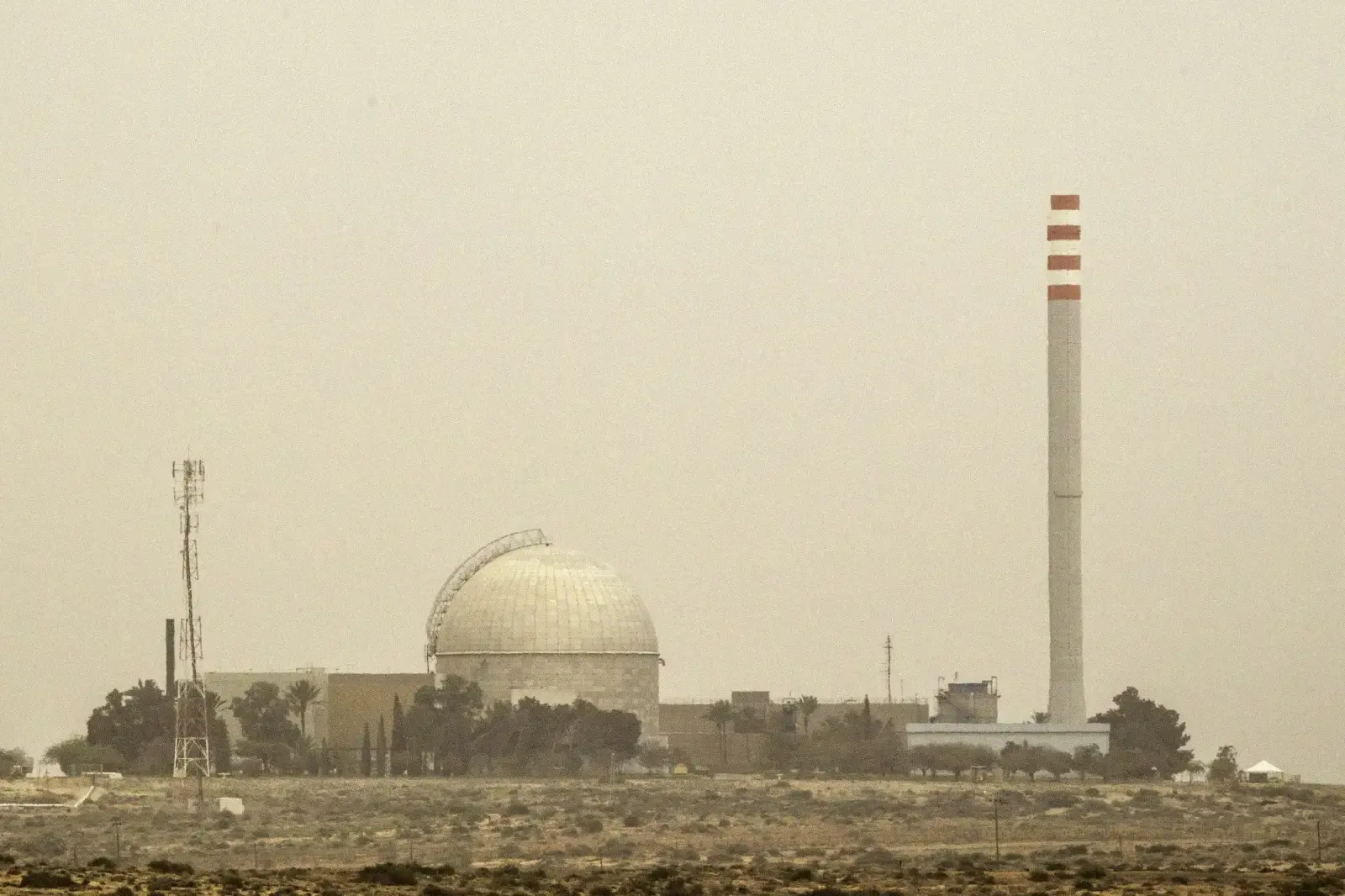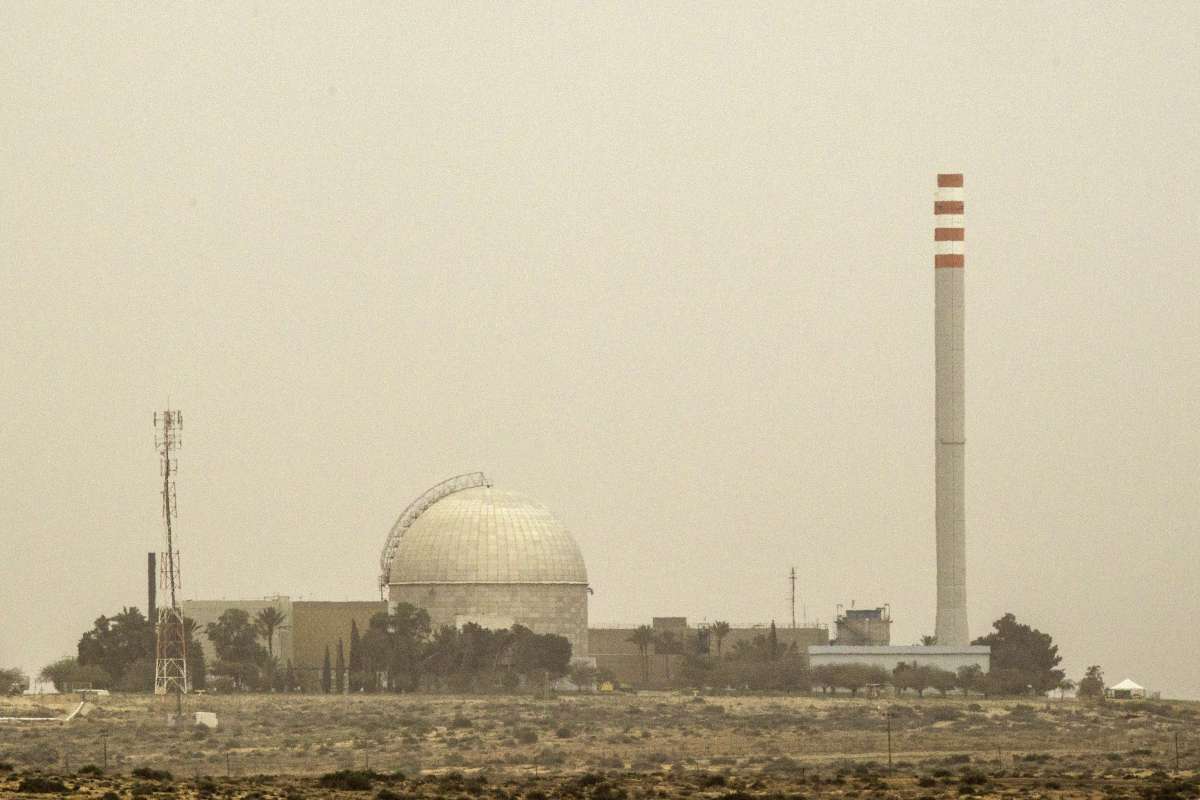Iranian state media on Thursday released a dramatic short video claiming to reveal confidential information and documents allegedly obtained from Israel’s intelligence apparatus concerning the country’s nuclear program.
The two-minute clip builds on a broader televized segment aired the previous day by Iran’s Intelligence Ministry, which first presented material purportedly from inside Israeli nuclear and other sensitive facilities, including the Dimona site, and highlighted personnel connected to the country’s nuclear efforts.
Iranian Intelligence Minister Esmaeil Khatib outlined the scope of Iran’s claims, displaying names, ID cards, and other personal information of alleged Israeli nuclear scientists and officials.
Newsweek has reached out to the foreign ministries or Iran and Israel for comment.
Why It Matters
The broadcasts highlight the ongoing intelligence confrontation between Iran and Israel, which is widely believed to maintain an undeclared nuclear arsenal, while Iran has long accused Israel of espionage and sabotage targeting its nuclear program. The public airing of allegedly sensitive material marks a significant escalation, raising regional tensions and drawing global scrutiny.
The situation is further complicated by the 12-day Israeli military campaign in June, which killed numerous Iranian personnel and exposed Tehran’s intelligence vulnerabilities. At the same time, the potential reimposition of U.N. snapback sanctions over Iran’s nuclear violations adds pressure, heightening stakes for both Tehran and the international community.
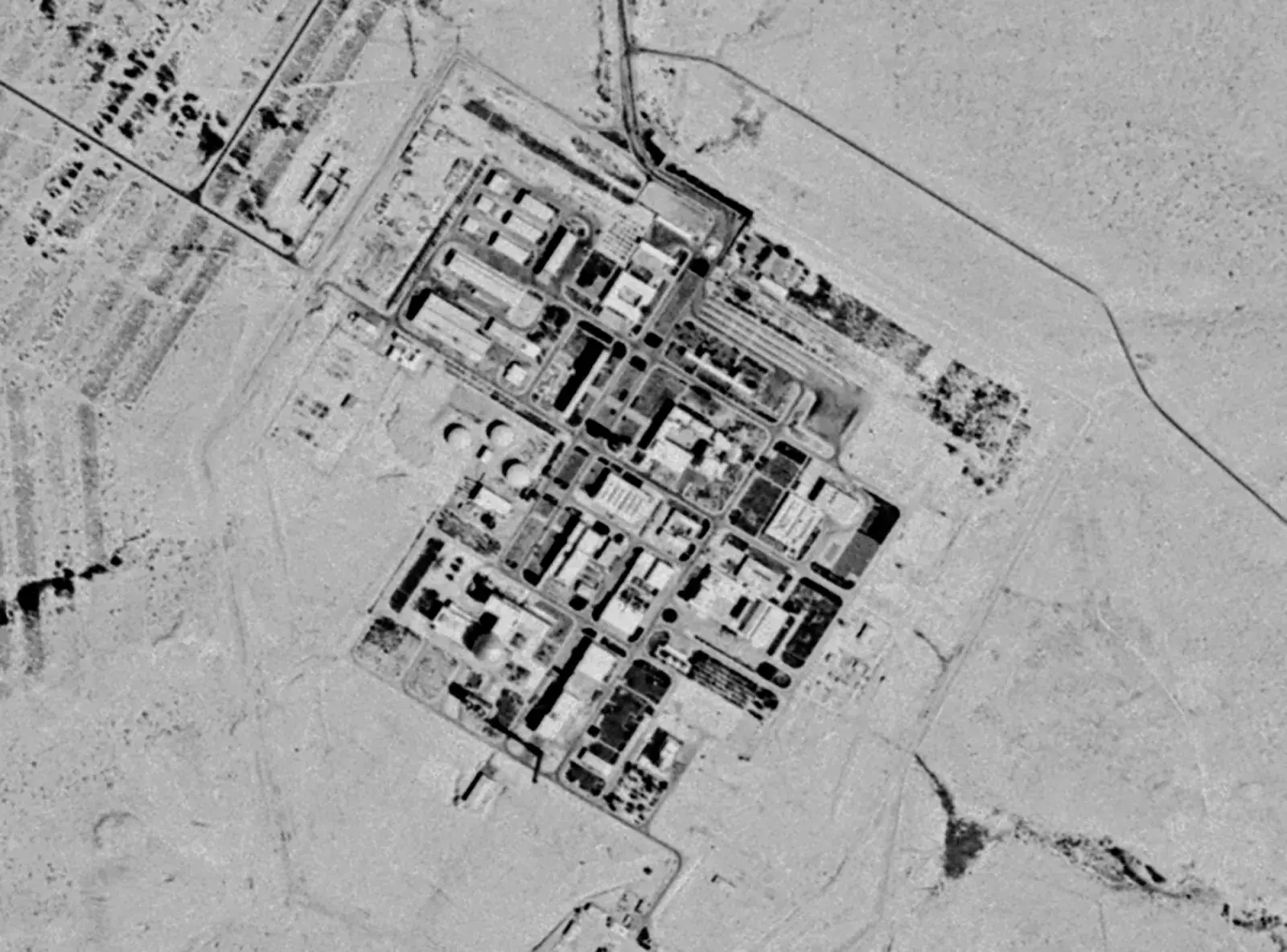 What To Know
What To Know
The two-minute video called Iran exposes Israel’s covert nuclear operations was posted on X via Iran’s Press TV account. Set against stirring music and visually edited to emphasize tension, the clip is available in English, signaling a clear intent to reach an international audience.
It summarizes the claims made in Wednesday’s longer broadcast, highlighting Israel’s nuclear program and its alleged personnel in a visually striking, fast-paced presentation.
Loading twitter content…
Alleged Personnel Exposed
Khatib, a cleric with extensive military and intelligence experience, said the material demonstrated that Israeli intelligence “spies on everyone,” including international figures. He accused Israeli personnel of collaborating with Iran for financial gain, asserting that the infiltration remains ongoing.
Khatib stated: “We identified 189 Israeli nuclear and proliferation scientists and top officials, along with their networks.”
The intelligence minister displayed images of personnel purportedly working across multiple Israeli nuclear sites under corporate covers, including a company named ROTEM. Another individual was presented as a nuclear scientist allegedly involved in proliferation projects with the United States.
Israel has yet to respond to Iran’s allegations.
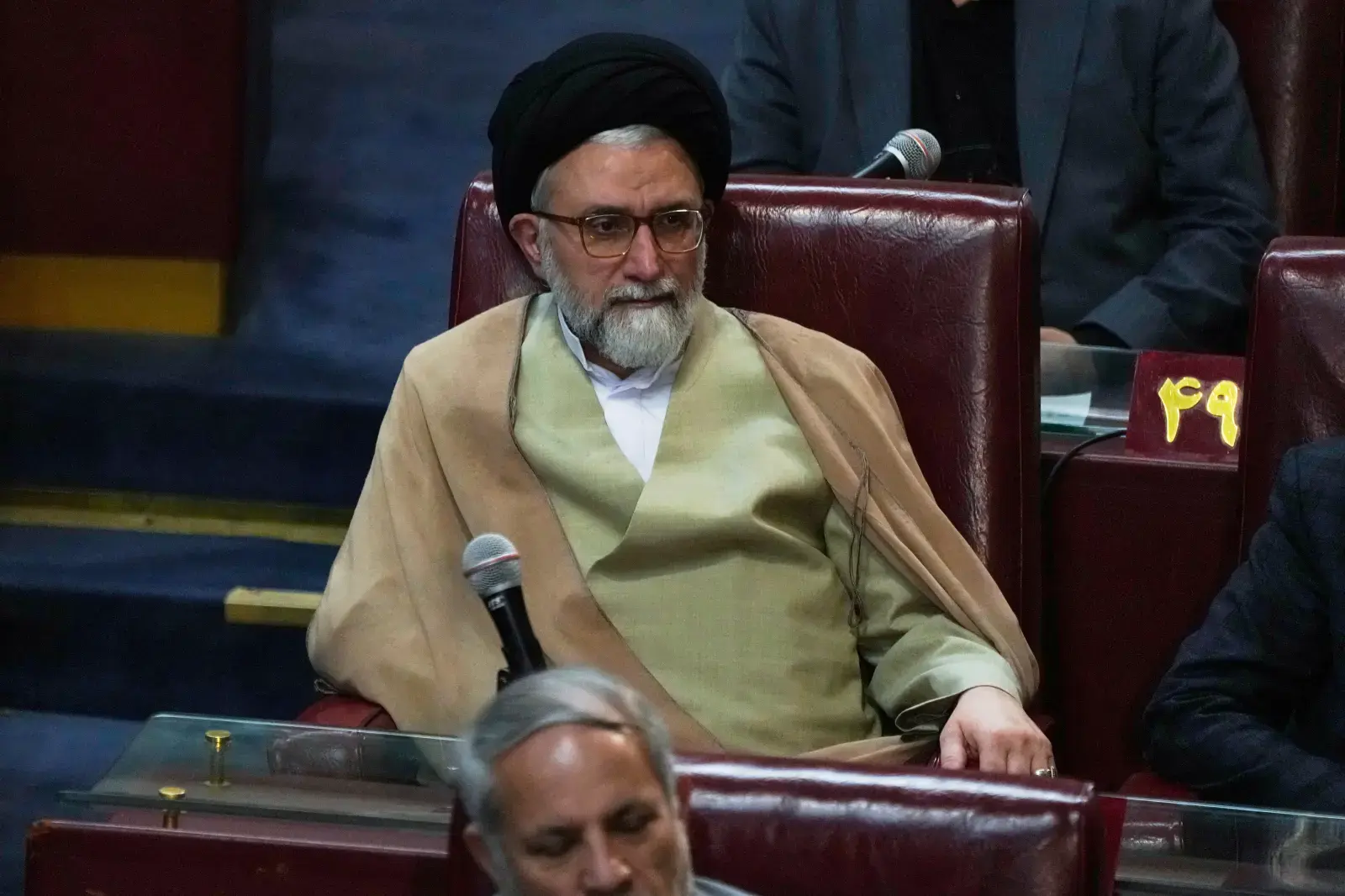 Targeting Facilities
Targeting Facilities
Wednesday’s segment referenced Israel’s Dimona nuclear site and the Chaim Weizmann Laboratory, described as a leading center for nuclear proliferation. Iran claimed the laboratory had been targeted by Iranian ballistic missiles during the 12-day conflict in June.
Additional documents alleged nuclear cooperation between Israel and France under a project called SARAF. The segment also featured personal photos of International Atomic Energy Agency (IAEA) Director General Rafael Grossi, allegedly obtained through Israeli intelligence, showing him at family gatherings, birthdays, and public outings.
Sanctions Looming
Meanwhile, Iranian Foreign Minister Abbas Araghchi said Friday that Tehran would scrap an agreement allowing the U.N. nuclear watchdog to inspect its facilities if Western powers reinstated U.N. sanctions. A new set of sanctions is set to take effect on Saturday at 8:00 p.m. Eastern Time, after Britain, France and Germany accused Iran of violating the 2015 nuclear deal.
The U.N. Security Council is scheduled to vote on Friday on a resolution proposed by Russia and China to delay the sanctions’ reimposition for six months, although diplomats say it is unlikely to pass. The IAEA had been seeking to rebuild cooperation and resume inspections following the June strikes on Iranian nuclear sites by United States.
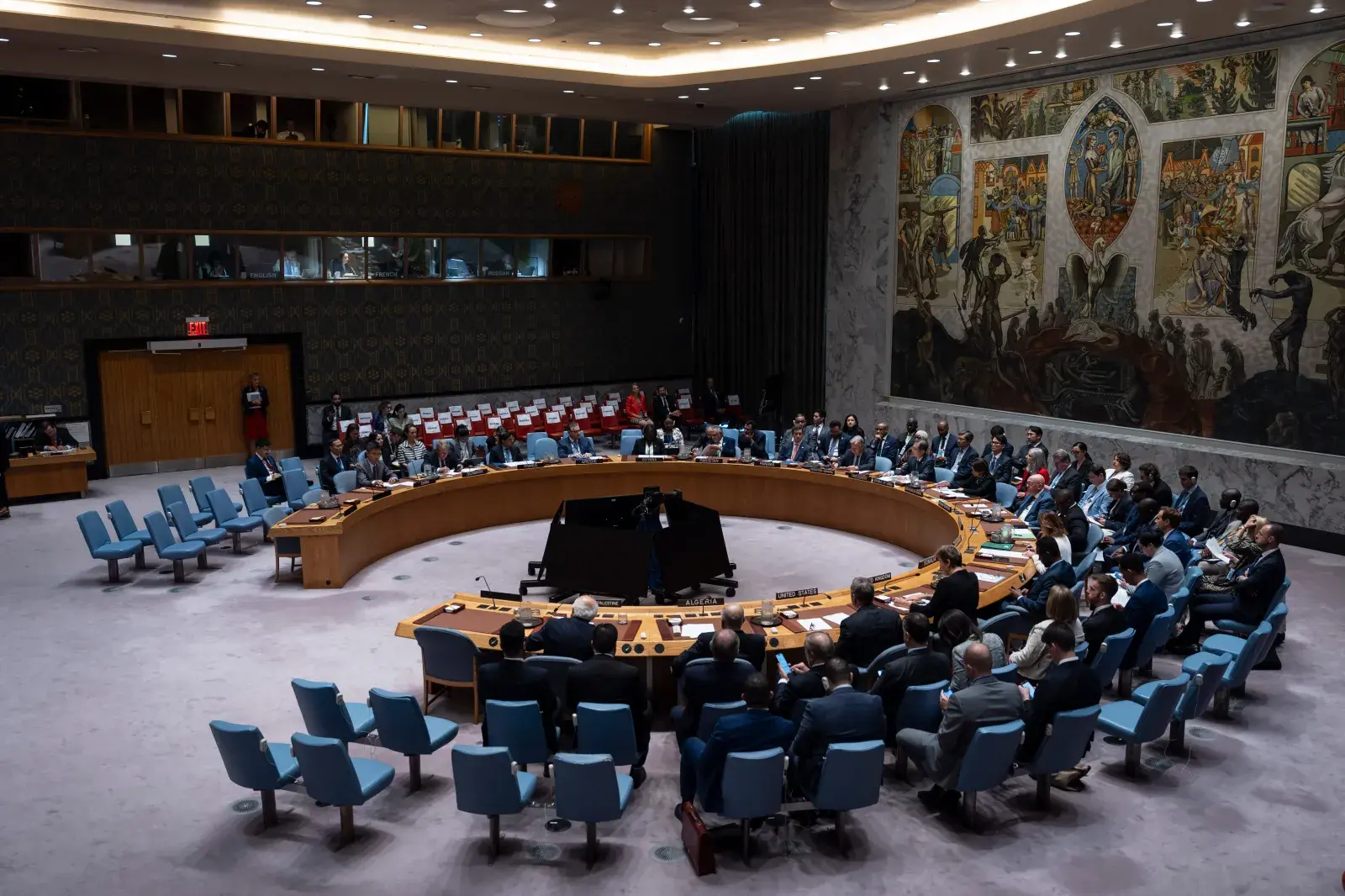 What People Are Saying
What People Are Saying
Iran’s Intelligence Minister Esmaeil Khatib “We identified 189 Israeli nuclear and proliferation scientists and top officials, along with their networks.”
French President Emmanuel Macron: “An agreement remains possible. Only a few hours are left. It’s up to Iran to respond to the legitimate conditions we have raised.”
What Happens Next
The broadcast and follow-up short video are likely to escalate the intelligence rivalry between Iran and Israel. They could prompt Israel to reinforce its counterintelligence measures and complicate Tehran’s interactions with international nuclear oversight bodies.
The situation will also be shaped by the U.N. Security Council vote on Friday regarding Russia and China’s proposal to delay snapback sanctions on Iran, which could affect Tehran’s response and the broader diplomatic landscape.
